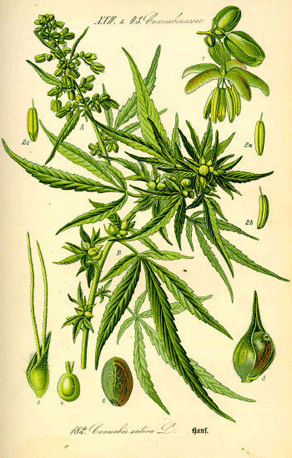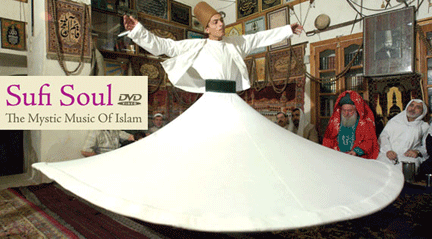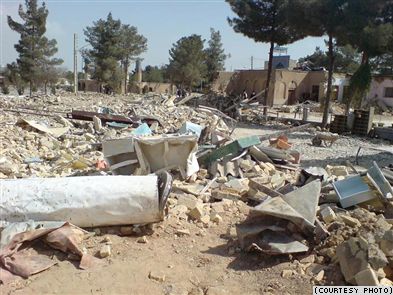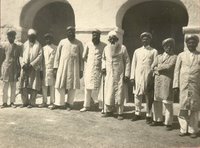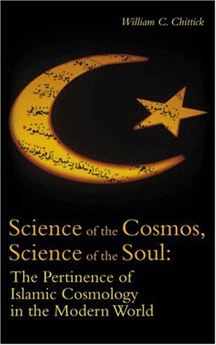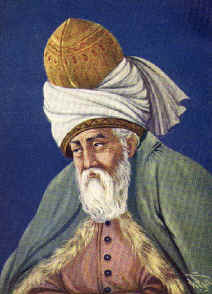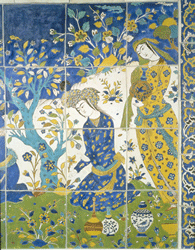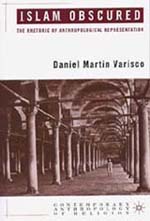
In 2005 I published Islam Obscured, a critical assessment of four books widely read as “the†anthropology of Islam. The books I examined were by Clifford Geertz, Ernest Gellner, Fatima Mernissi and Akbar Ahmed. Having wielded an iconclastic hammer over the first four chapters, I concluded the book with a brief question-and-answer survey of the ways in which “Islam†has and should be studied by anthropologists who value the role of ethnographic fieldwork. At the time, the publisher failed to send the book out for review, although some review copies finally went out over a year ago. There are many, many books out there on “Islam,†but my text was, to not mire myself in humility, somewhat unique. It faulted these texts for not using ethnographic data but rather essentializing their own views of what Islam should be.
I recently received a lengthy review by Ken Lizzio, whose research was on Sufi texts, in The Journal of North African Studies (14:309-316, June, 2009). Having written my book in large part for non-anthropologists, I was quite interested in how a specialist in Near Eastern Studies would react to it. The thrust of the reviewer strikes me as quite positive, especially when he states: “As Varisco proceeds to fell some of the giants in the anthropological forest, he does so with an axe sharpened with impeccable logic and refreshing intellectual honesty†(p. 310). The reviewer agrees with me that both Geertz and Gellner both fail to apply data from fieldwork to their assertions. So far, so good. Continue reading Reviewing the Review
